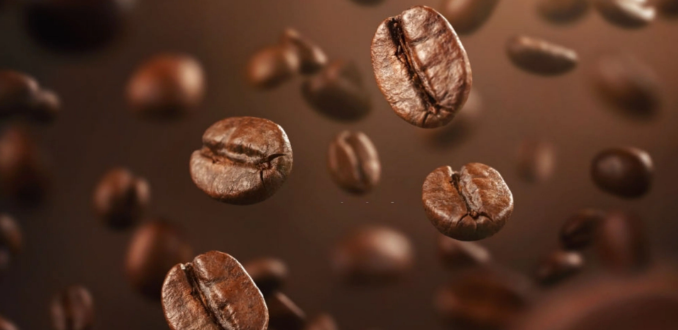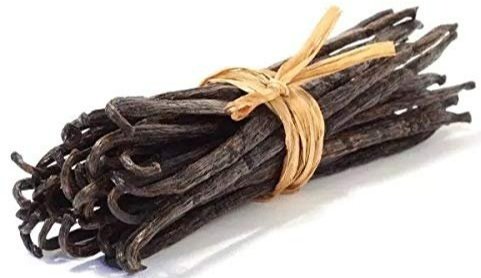We are a business 2 business supplier and sell our products in bulk quantity and form.
Products

Learn more about our products
Coffee
Read more about coffee.
Vanilla
Read more about vanilla
Other inquiries
If you have other inquiries, Please engage with us using our contact form here.
Difference between Grade A and Grade B vanilla bean
Some key differences to be aware about when comparing Grade A and Grade B vanilla beans
Grade A Vanilla Beans (Premium Quality):
Appearance:
Grade A beans are typically larger and with more plump.
They have a higher moisture content, resulting in a more supple appearance.
Moisture Content:
Grade A beans have a higher moisture content, contributing to their plumpness and glossy appearance.
Vanillin Content:
Grade A beans often have a higher vanillin content, imparting a more intense and complex vanilla flavor.
Appearance of the Beans:
Grade A beans are visually appealing, with a higher percentage of well-formed and unblemished pods.
Usage:
Grade A vanilla is commonly used in gourmet cooking, baking, and high-end culinary applications.
Cost:
Grade A vanilla beans are usually more expensive due to their superior quality
Grade B Vanilla Beans (Standard Quality):
Appearance:
Grade B beans may be smaller and less plump compared to Grade A.
They might exhibit some imperfections or blemishes.
Moisture Content:
Grade B beans have a lower moisture content, which may result in a drier appearance.
Vanillin Content:
Grade B beans may have a slightly lower vanillin content, offering a milder vanilla flavor.
Appearance of the Beans:
Grade B beans may have more irregular shapes and some visual imperfections.
Usage:
Grade B vanilla is suitable for everyday cooking, baking, and applications where a less intense vanilla flavor is desired.
Cost:
Grade B vanilla beans are generally more affordable, making them a cost-effective option for various culinary purposes.

Discover the World of Coffee: Arabica vs. Robusta
Taste Distinctions:
Arabica and Robusta are 2 different kind of coffee beans used for commercial production. Arabica' beans are typically milder, and with a more aromatic profile, contrasting with the robust and acquired flavor of Robusta beans. The caffeine content sets them truly apart, as Robusta beans contains twice the caffeine level compared with Arabica beans.
Arabica at a Glance:
Grown at high altitudes above 800m
Flourishes in places with higher climates
Mild, well-balanced flavor profile
Considered a more expensive coffee bean
Naturally lower in caffeinee.
Visual and Structural Contrasts:
Arabica beans are usually flat and oval, which stands in contrast to the more rounded shape of Robusta beans. The beans are visually quite different and already on the plant differences can be told. Arabica beans has a darker shade of green compared to Robusta beans.
Robusta Highlights:
Commonly used in instant coffee
Thrives at lower altitudes between 200m-800m
Flourishes in places with lower climates
Astringent and bitter in flavor
Boasts twice the caffeine compared to Arabica beans
Global Origins:
Arabica beans thrive in the subtropical climates of Central and South America, while Robusta finds its home in Central and West Africa and Southeast Asia. These locations are carefully chosen, catering to the specific climatic needs of each bean variety. Arabica thrives best in higher altitude climates while Robusta beans require lower altitudes and places with little rainfall to grow.
Quality and Quantity:
Arabica dominates the global coffee scene, representing over 70% of global production and earning its reputation as the higher quality bean. Robusta, known for its woody and earthy flavors, is often blended with Arabica to create diverse and well-balanced coffee blends.
It quite unusual to find a 100% robusta blend on the market, as it is naturally higher in caffeine and therefore too strong to drink. However a number of excellent robusta blends can be found on the market.









